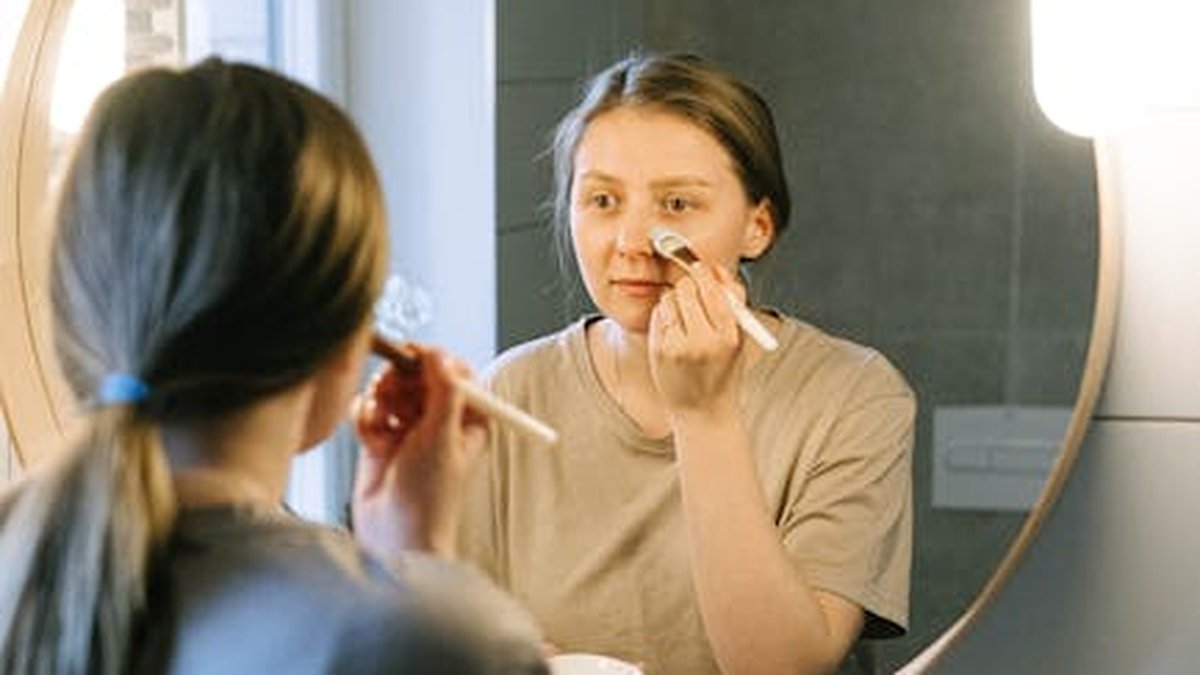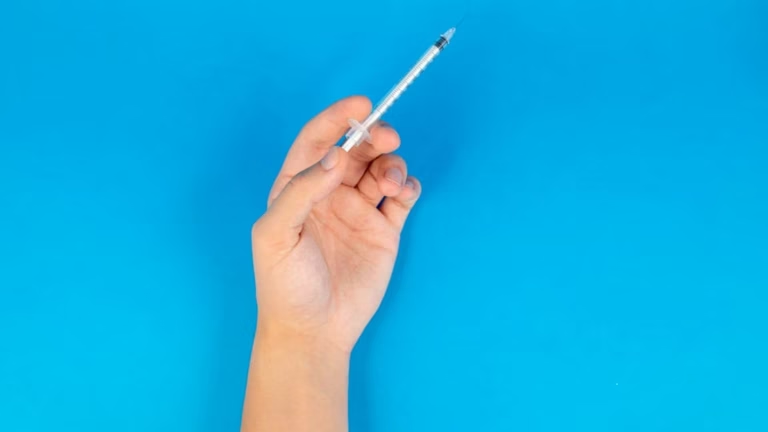Early Detection Saves Lives: Breast Cancer Awareness Month and Self-Exam Techniques
Why Breast Cancer Awareness Month Matters
Every October, the world turns pink to recognize Breast Cancer Awareness Month. This annual campaign serves as a crucial reminder about the importance of early detection and treatment of breast cancer. Breast cancer is one of the most common cancers affecting women worldwide, but when detected early, the chances of successful treatment and survival are significantly higher.
Breast Cancer Awareness Month isn’t just about wearing pink ribbons; it’s about raising awareness, educating communities, and empowering individuals to take control of their breast health. It’s a time to support research, honor survivors, and remember those who have lost their battle with this disease.
The Power of Early Detection
Early detection is key when it comes to breast cancer. When breast cancer is found early, it’s often easier to treat, and the chances of survival are much greater. Many women with early-stage breast cancer can be successfully treated with surgery, radiation therapy, hormone therapy, and/or chemotherapy.
There are several ways to detect breast cancer early, including:
- Self-exams: Regularly checking your breasts for any changes.
- Clinical breast exams: Having a healthcare provider examine your breasts.
- Mammograms: X-ray images of the breast that can detect tumors before they can be felt.
Understanding Your Risk Factors
While anyone can develop breast cancer, certain factors can increase your risk. These include:
- Age: The risk of breast cancer increases with age.
- Family history: Having a close relative who has had breast cancer.
- Genetics: Certain gene mutations, such as BRCA1 and BRCA2.
- Personal history: Having had breast cancer before.
- Lifestyle factors: Obesity, lack of physical activity, and excessive alcohol consumption.
Knowing your risk factors can help you make informed decisions about screening and prevention.
Breast Self-Exam: A Step-by-Step Guide
Performing regular breast self-exams is a simple yet effective way to become familiar with your breasts and detect any changes early. It’s recommended to perform a breast self-exam at least once a month, ideally at the same time each month, about 3-5 days after your period starts.
Visual Inspection
Start by standing in front of a mirror and visually inspecting your breasts. Look for:
- Changes in size or shape
- Swelling or dimpling
- Nipple discharge or retraction
- Changes in skin texture
Raise your arms above your head and repeat the visual inspection.
Palpation (Feeling)
Next, use your fingers to feel your breasts. Use the pads of your three middle fingers and move them in small, circular motions. Use different levels of pressure – light, medium, and firm – to feel all the tissue in your breast.
You can perform the palpation while standing or lying down. When lying down, place a pillow under your shoulder on the side you’re examining. Be sure to examine the entire breast, from your collarbone to your bra line, and from your armpit to your sternum. Also, check your armpits for any lumps or swelling.
Here’s a technique to consider:
- Patterned Approach: Choose a pattern (circular, vertical, or wedge) to ensure you cover the entire breast.
What to Do If You Find Something
If you notice any changes in your breasts during a self-exam, don’t panic. Most breast lumps are not cancerous. However, it’s important to see your healthcare provider as soon as possible to have it checked out. They can perform a clinical breast exam and order additional tests, such as a mammogram or ultrasound, if necessary.
Beyond Self-Exams: Other Screening Methods
While breast self-exams are important, they are not a substitute for other screening methods, such as clinical breast exams and mammograms. It’s important to talk to your healthcare provider about which screening methods are right for you, based on your age, risk factors, and personal preferences.
Empowering Yourself and Others
Breast Cancer Awareness Month is a reminder that we all have a role to play in the fight against breast cancer. By educating ourselves and others about early detection, supporting research, and advocating for access to quality care, we can make a difference in the lives of countless women and families. Take the time this October to learn more about breast cancer and take steps to protect your health. Encourage the women in your life – mothers, sisters, friends, and colleagues – to do the same.
Early detection saves lives. Let’s work together to make breast cancer a thing of the past.






